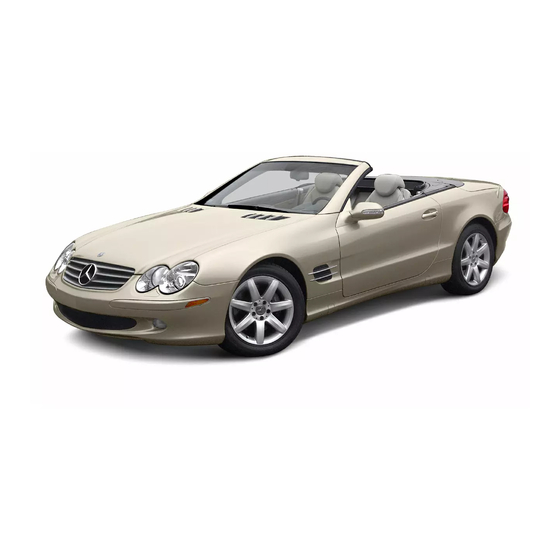
Mercedes-Benz SL 500 Operator's Manual
Mercedes-benz automobile operator's manual
Hide thumbs
Also See for SL 500:
- Operator's manual (298 pages) ,
- Service manual (39 pages) ,
- Operator's manual (480 pages)
Table of Contents
Advertisement
Quick Links
Download this manual
See also:
Service Manual
Advertisement
Table of Contents















Need help?
Do you have a question about the SL 500 and is the answer not in the manual?
Questions and answers